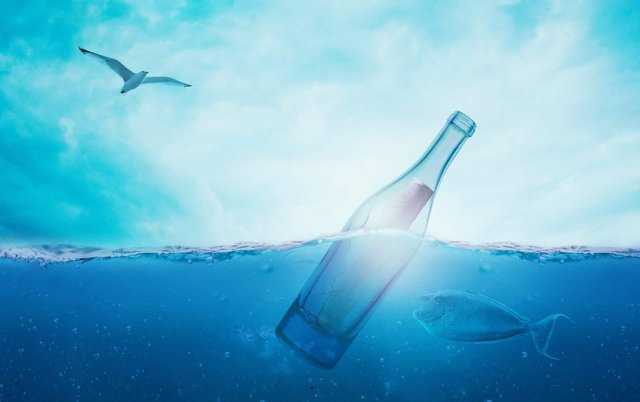Scientists Have Created A Sieve That Could Make Seawater Drinkable

If you're stuck on a desert island, you're going to want to pack this: scientists have created a new type of sieve that can actually turn seawater into clean drinking water. It's all about the membranes, baby.
Instructions to Turn the Ocean Into a Source of Drinking Water
Researchers from the University of Manchester in the United Kingdom have developed a graphene-oxide layer that can really transform seawater into clean drinking water. The innovation is as of now restricted to the lab, Science Alert clarifies, however may one day be critical in missions to extend the world's wellsprings of drinking water.
This isn't the first run through researchers have utilized graphene-oxide to remove pollutions from water. Previously, they've penetrated minor gaps (we're talking a solitary nanometer, which is a huge number of times littler than a red platelet) in graphene, which is a solitary layer cross section of carbon particles. The issue is that water can influence those gaps to extend, which gives basic salts a chance to like sodium chloride (table salt) through.
In any case, the new improvement, which was declared in April 2017 in the diary Nature Nanotechnology, demonstrated that the specialists' graphene-oxide layer could sift through 97 percent of sodium chloride particles. The mystery is the utilization of epoxy pitch, a substance utilized as a part of a few pastes, on either side of the layer, which kept this swelling.